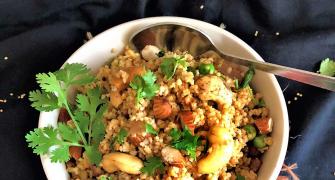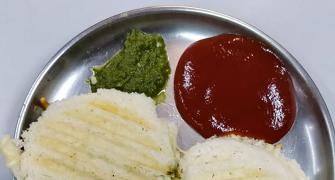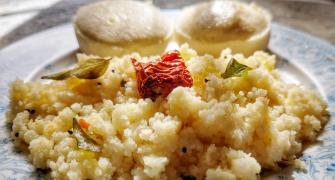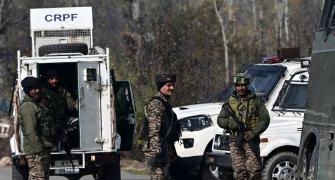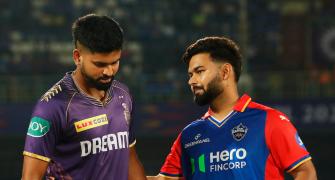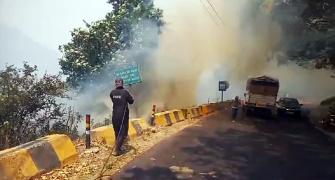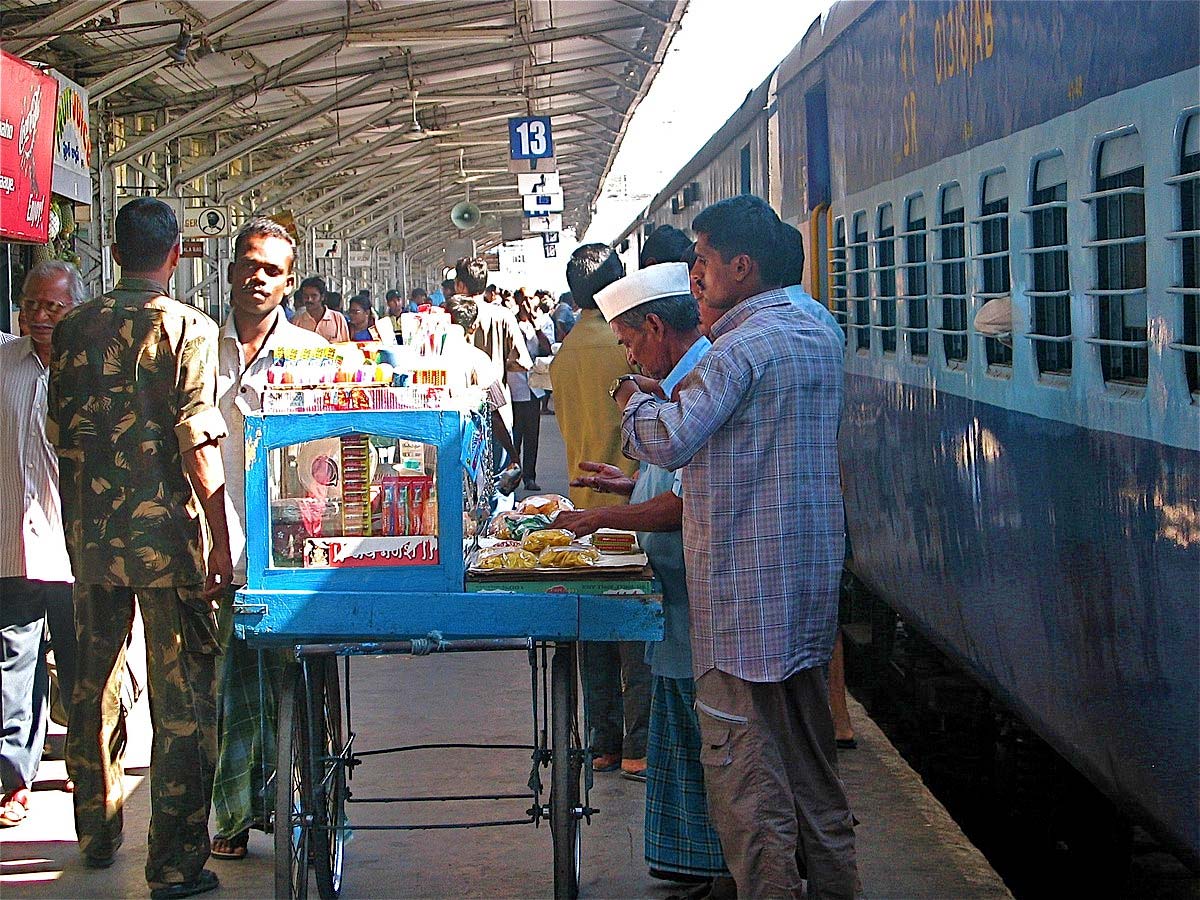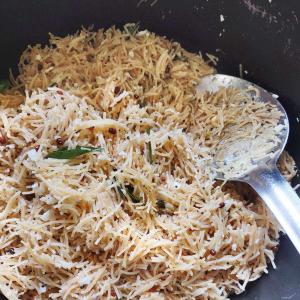
Recipes are like family photo albums. And as precious. They evoke wonderful nostalgia. And each has a story, a tale. Mixing memories and food brings on the flavour of earlier times.
Daliya Upma was a favourite in my grandfather's house.
He ate rather austere, sattvik food, which was a reflection of those simpler years and also because food items like ghee, oil, milk and sugar were expensive. His meal quantities were fixed. Two rotis meant exactly two rotis. No deviations, never an extra on any day.
If he had my mother's excellent jalebis with milk, it would be only two, never any excesses, he did not know temptation.
My grandmother was a talented cook, but he, as an anti-eater or 'reverse gourmand', wrecked her repertoire. The food was always watery and low on spice. His much-loved parval (pointed gourd) preparation, as my cousin would say, was like a balti (bucket) of water with two parvals floating on top. And the sabzis were all a bit insipid.
Bland dishes like lapta (spiced besan porridge) and prasad (sweetened roasted wheat flour, which actually tastes lovely) were staples. Paneer was never made. Or anything fancy.
The menu eaten at lunch could not be repeated again, was his diktat, so my grandmother practised all kinds of ingenious ways of recycling food given they were not that wealthy and times were often hard. Alu cooked at midday was made into a raseela alu at nightfall. And the two parvals could be dried up to become a sukhi tarkari (a dry fry vegetable).
My grandfather, a Gandhian and an Arya Samaji, believed firmly and sternly in healthy living and during his college days in Allahabad, he swam back and forth across the Ganga daily for exercise. He didn't have a spare gram of fat on him and lived to the ripe old age of 89, although my father who ate no lean, gorging down puris, samosas, kachoris, pakoras, creme brulees, sugary tea, lived longer than my grandad.
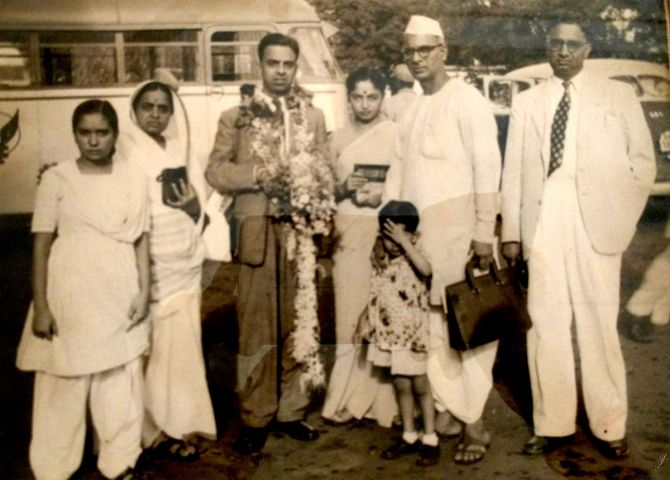
In the family, my grandfather, who hailed from the Sagar vicinity of northern Madhya Pradesh and we called Dadda or Daddaji, was known privately as Bismarck :) and he was as strict in person as he was with his diet.
When he entered a room, everyone fled and my uncle would often spend his days hiding from his dad, moving from room to room. When my dad spoke to him, the conversation was monosyllabic and never went beyond "Haan, Dadda, na, Dadda."
When his sons were 16, he ordered that one would be a doctor and the other an engineer and so it went ahead and my father, with his help, eventually reached Canada and then America to practice and teach psychiatry (the pic above: Departures at Santacruz airport, then Bombay).
Daddaji was straitlaced and a prude too. If he stumbled across a book in the house that had anything about sex in it, he got rid of it (hid it in his briefcase; maybe he read it later by himself but we weren't to read it). He was hot tempered, demanded to know anything that went on in his family and refused to be disobeyed.
But he was very well read and both wrote and spoke particularly eloquent English. Daddaji was well connected too, extraordinarily upright (following Gandhiji's motto faithfully: Truth is God), extremely energetic and knew hundreds and hundreds of people, high and low.
As a public prosecutor in the somnolent town of Khandwa, then Central Provinces, he often helped people out in a tremendously generous manner. Or later after Independence as a member of the Public Service Commission.
He was part of the freedom movement, went to jail and raised India's Tricolour for the first time in 1947 over Khandwa (top picture). And later spoke about his experiences on public radio in America.
Plain and unadorned though his food was, there were many simple healthy dishes worth emulating. Like the namkeen daliya or Daliya Upma -- which only I enjoy; others in the family called it "slimy, sloppy." I realise like my grandfather, that it's a tasty, nutritious way to start the day.
I make it very lemony, with a dash of sweetness and add onions, which my grandfather as a Pande eschewed. I prefer not to add any vegetables.
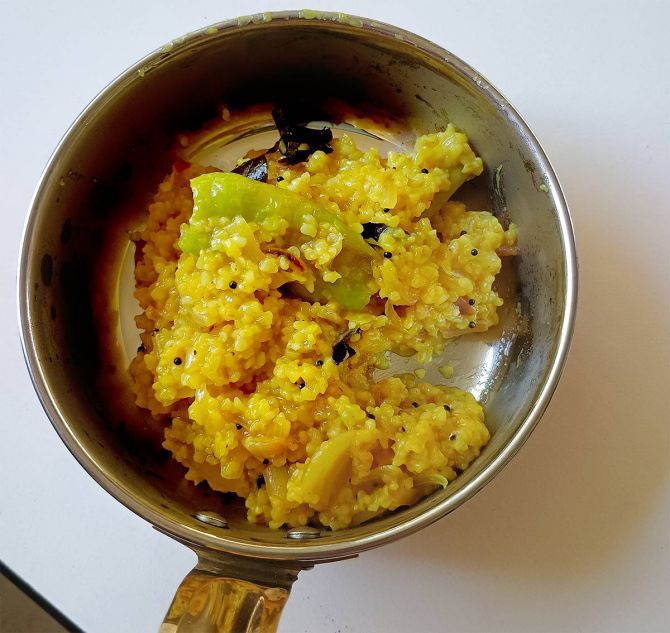
Daliya Upma
Serves: 2
Ingredients
- ¾ cup daliya or lapsi or cracked wheat
- 1½ cups water
- 1 tbsp oil
- 1 tsp rai or mustard seeds
- ½ tsp hing or asafoetida
- 4-5 black peppercorns
- 1 small tej patta or bay leaf
- 10 curry pattas or curry leaves
- 1 tsp haldi or turmeric powder
- 1 onion, finely chopped
- 1 tsp sugar or jaggery
- 1 green chilly, slit lengthwise
- Salt to taste, about 1 tsp
- Juice of 1 neebu or lime, or, if preferred instead 1 tsp aamchur or dried mango powder
- ½ cup chopped mixed vegetables like finely sliced beans, peas, grated carrot, optional
- Dash ghee, optional
Method
- In a medium saucepan over low heat boil and simmer the daliya with the water till the water is absorbed and it becomes upma consistency.
Keep aside. - In a kadhai or frying pan, over medium heat, warm the oil, add the rai, peppercorns, bay leaf and the hing.
When it begins to crackle add the curry leaves, haldi and then the chopped onions and the vegetables.
Fry for 5-7 minutes.
Then add the cooked daliya, slit green chilly, sugar, salt, lemon juice and cook another 5 to 10 minutes on low heat, so it doesn't stick. - Serve hot.
Zelda's Note: Don't overdue the amount of veggies you add, if you must add veggies, or it will become a mouthful of sabzi. And technically this is not an upma and you would like to taste the grain.


